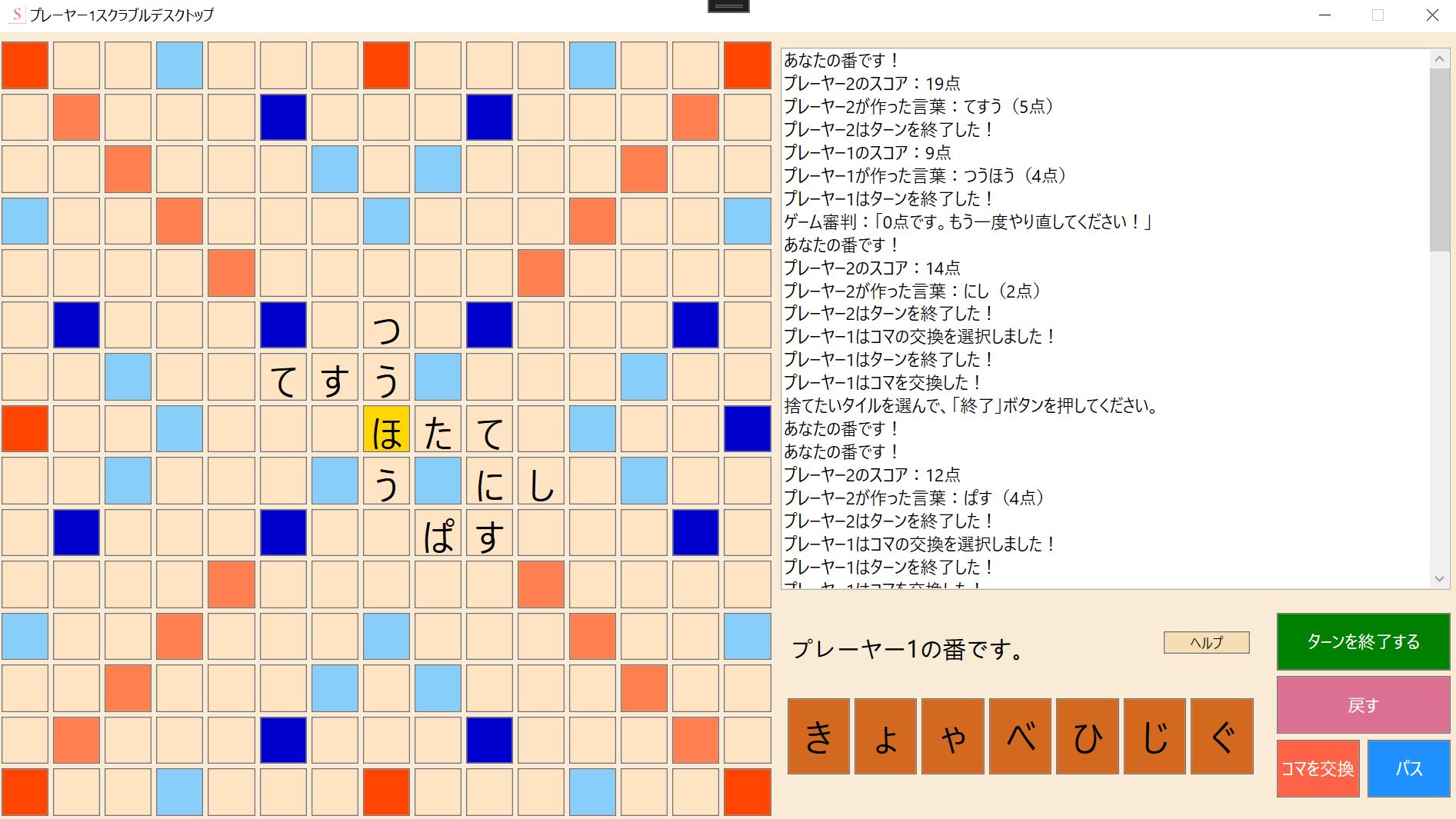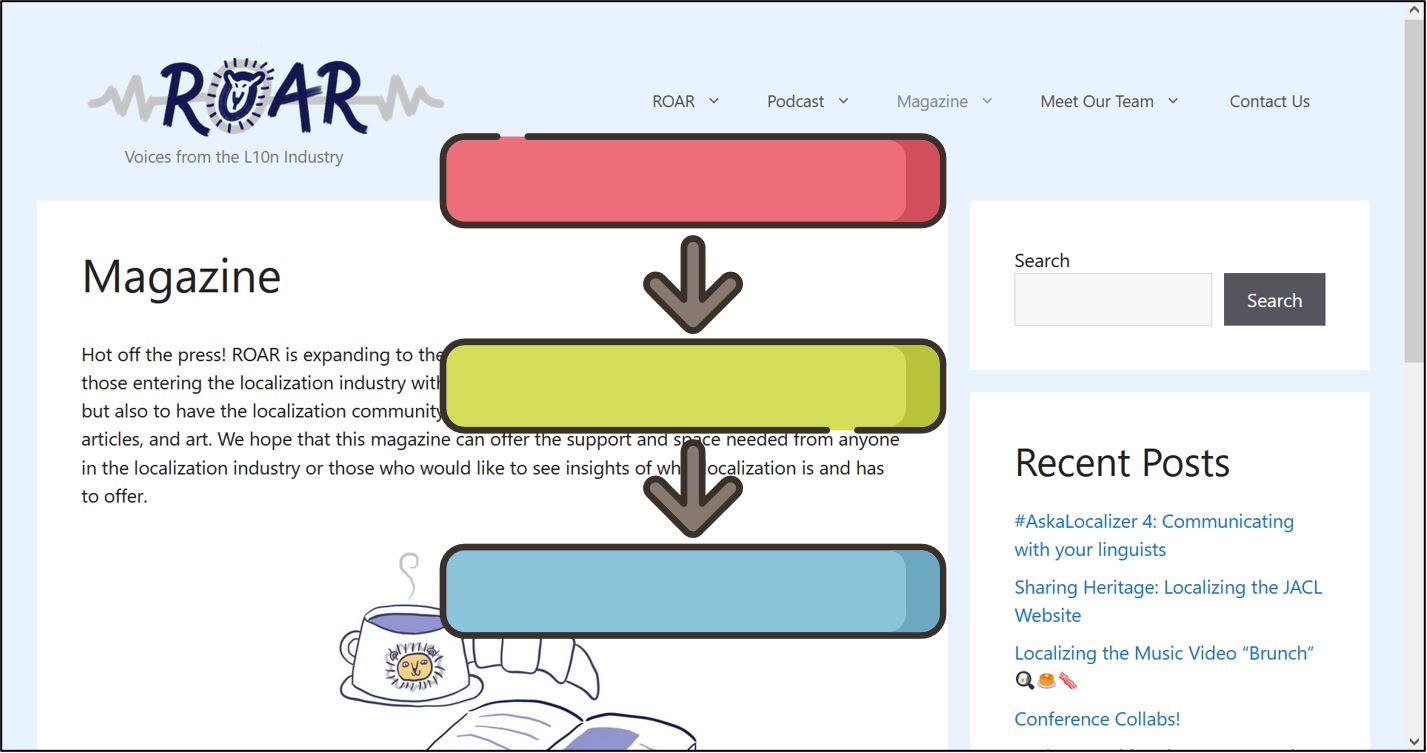Crowdsourcing refers to the harnessing of the collective wisdom, talents, and resources of the crowd to carry out a common goal in a streamlined manner. In the language industry, crowdsourcing translation is a method many organizations are turning to for varying reasons. It is often assumed that translation crowdsourcing is done simply as a cost-saving measure, but this is not necessarily always true, and factors such as increased speed and quality of translation may also be at play in a decision to use crowdsourcing over hiring an LSP’s services.
Translation crowdsourcing has been used by large for-profit companies (i.e. Facebook) and non-profit organizations (i.e. Translators Without Borders) alike, and it has also been utilized in very unique ways (such as in Duolingo). Although each case is different, two fundamental factors are essential to consider in any crowdsourcing initiative: volunteer motivation, which is linked to the quantity of translation, and the maintenance of quality in the crowdsourced translation.
Below, I have put together some resources related to these concepts:
- Best practices on maintaining both quantity and quality, with some tailoring to the specific context of fan subtitling
- An application of these ideas to analyze an existing translation crowdsourcing model on the Asian streaming site Rakuten Viki, including a novel idea for a new language learning crowdsourcing venture based on their existing tools
Contents
Maintaining Translation Quantity
Maintaining Translation Quality

Rakuten Viki: Proposal for Improvements and a New Crowdsourcing Initiative
Founded in 2007, Rakuten Viki is a video streaming service popular for its East Asian entertainment content. Viki has a unique system of crowdsourcing its subtitling, asserting that its original goal was to “make language learning more fun by crowdsourcing translations for the subtitles of TV shows, movies and videos.” In this presentation, I analyze what Viki’s crowdsourcing system does well, what could be improved, and finally propose a new crowdsourcing effort based on language learning (heavily inspired by a resource I created in early 2021 to teach Japanese through TV shows) that builds off of their current “Learn Mode” tool.
Documentation
I have included the associated documentation (proposal for improvements & appendix detailing my proposed new crowdsourcing effort) for these recommendations below.







